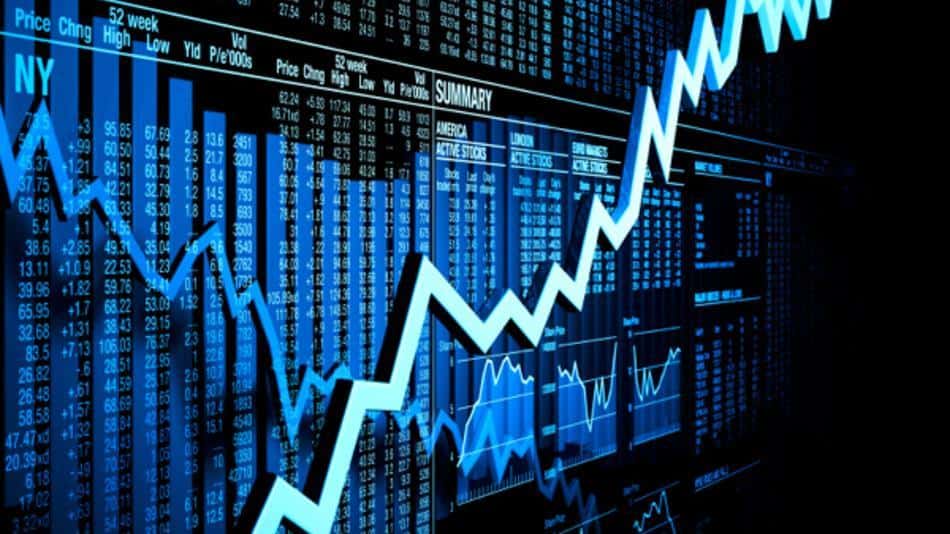
As equity valuations soar, the risk of an stock-market correction also is running high.
That could drive the Federal Reserve to step to intervene to dampen investor enthusiasm, if a potential stock-market crash threatens to derail a robust U.S. economy, according to Adam Slater, lead economist for Oxford Economics.
“The risk of such a damaging stock price slump could prompt early Fed action to restrain markets, if valuations continue to stretch,” he said.
Though the relationship between the stock market and the economy is shaky, there are a few ways in which a boom in risk assets can add to growth. Firstly, the so-called wealth effect often sees households with rising portfolio values feeling free to loosen their purse strings. Secondly, climbing stock prices allow companies to turbocharge their growth by issuing equity in an initial public offerings and through other deal making. When stocks plunge, however, the effects are reversed.
“Any expansion that hinges so critically on financial market wealth and credit is an expansion that is highly vulnerable to any policy restraint from a completely new Federal Reserve,” said David Rosenberg, chief economist for Gluskin Sheff.
Oxford Economics’ economic model suggests a 10% change in equities tended to correspond a 0.5% change in growth. By Slater’s calculations, a 25% equity decline could slash growth to 1% by 2019.
Six previous surges in valuations of this kind were all eventually followed by large corrections, averaging 25%.” – Adam Slater, lead economist for Oxford Economics
“Those kinds of macro numbers alone might lead to early Fed action to restrain stocks. But perhaps more important would be the risk to macroeconomic and financial stability of allowing equity valuations like the CAPE to drift towards all-time highs.”
The CAPE refers to the cyclically adjusted price/earnings ratio, a popular gauge of equity valuations pioneered by Nobel laureate Robert Schiller. It is currently trading above 34, marking its second-highest reading in history.
Slater found whenever the S&P 500’s CAPE ratio rose by around 7% over a two-year period, as the index has done since early 2016, a pullback of 25% has followed thereafter.
That is not to say equity markets are set to crash soon. Citing the mid-1960s and the dot-com bubble in 1997-1999, Slater points out those were periods when melt-up markets were tripped up by minor corrections before giving way to further gains.
A melt-up refers to when investors on the sidelines flock to the stock market in the hopes of reaping further gains, spurring a sharp jump in performance.
He also concedes long-term valuation gauges like the CAPE ratio have served as a poor indicator of the stock market’s near-term direction. In other words, just because stocks go up to seemingly unsustainable heights, there is no law of gravity that immediately kicks in to bring valuations down to more reasonable levels.
Lofty stock prices have nonetheless concerned some members of the Federal Reserve, tasked with overseeing the U.S.’s financial stability. Recently appointed Gov. Marvin Goodfriend and Gov. Lael Brainard have suggested easy money policies could be stoking stock-market gains. But departing Chairwoman Janet Yellen said in her final news briefing a selloff in equities wasn’t a cause for worry.
There is precedent for the Fed’s acting on its concerns. The central bank habit of lowering interest rates to arrest a decline in stock prices was referred as the so-called Greenspan put, after the central bank under the helm of former Chairman Alan Greenspan would regularly support stocks. A put is a contract that allows the holder to sell and asset at a designated price and time.
The Fed, however, has only stepped in when equities blew up, not when they were running hot, said Slater.
